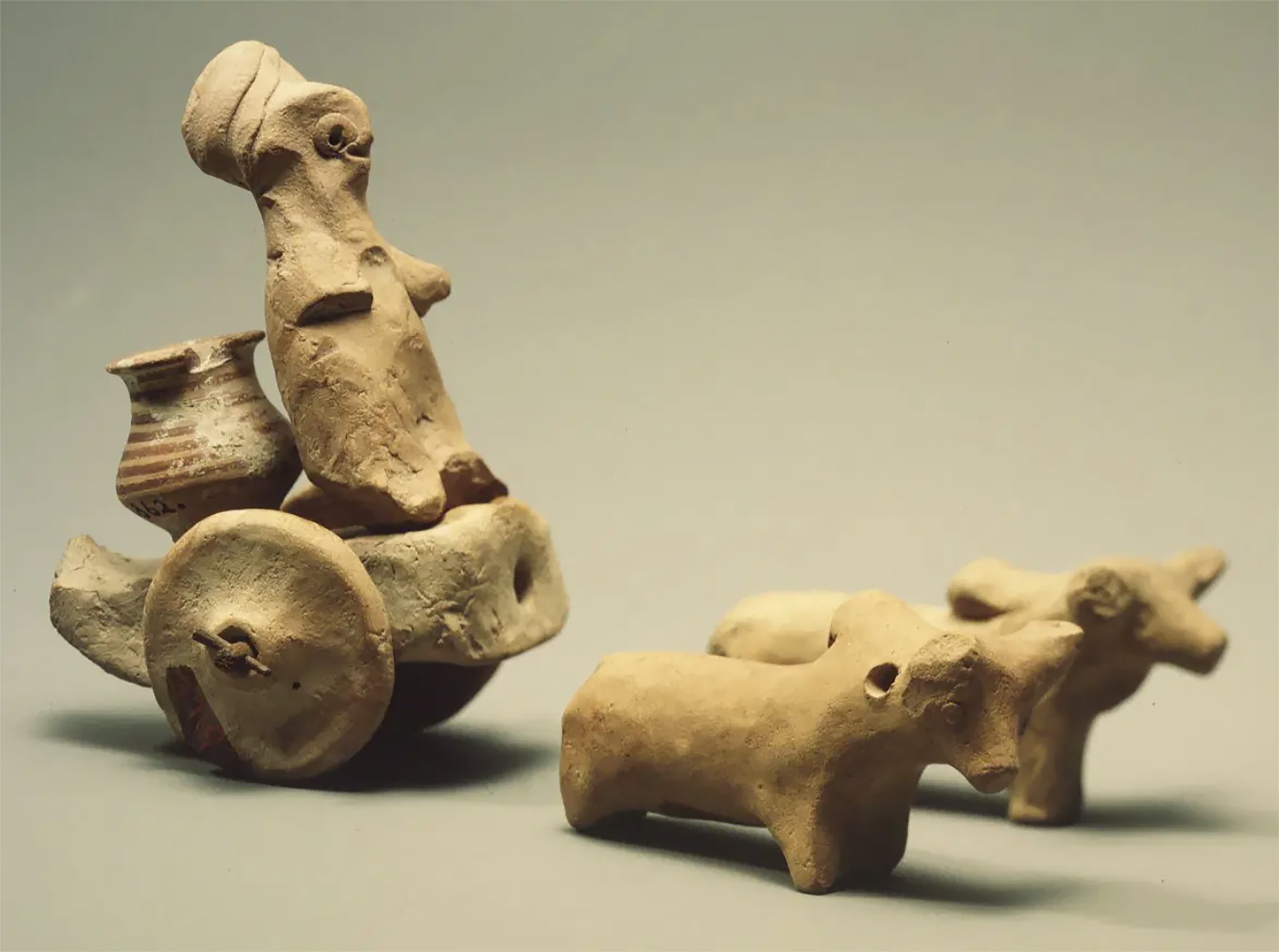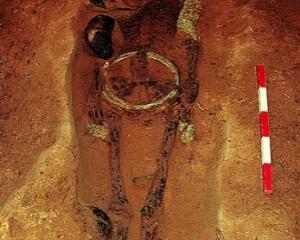
Archaeologists have enormously benefited from physics and the development of radiocarbon dating for decades, and more recently, from linguistics and the analysis of ancient DNA.
I am writing in an Indo-European (IE) language, the origins of which have been a fascinating topic since 1786 when Sir William Jones, then a judge in Calcutta, proposed that Sanskrit, Iranian, Greek and Latin have a common origin.

Where is its homeland and how far back in time can we trace it?
Nearly 6000 years ago, a group known as the Yamnaya lived north of the Caucasus, centred on the Ukraine and the grasslands of the lower Don and Volga rivers.
They buried their dead under a mound known as a kurgan.
Not long before Putin invaded the Ukraine, I found myself at Kerch in the Crimea, visiting one of these, the dead Yamna being buried in a pit with bronze weaponry and stone tools.
It was there that the horse was domesticated, which had a huge impact on mobility. Add to this the invention of the wheel, and you have the ingredients of expansion, and that is exactly what the Yamnaya did.
Their DNA has provided evidence never seen in earlier archaeological investigations.
Boiling up out of the north Caucasus homeland, they poured into Central and Western Europe.
By 3100BC they were riding and hauling their belongings on carts up the Danube River corridor into Western Europe. Anyone with Scottish grandparents has Yamnaya ancestry.
They also migrated east with their herds of cattle and sheep, their journeys accelerated by horse transport and the wheel.
The proto IE language was thus introduced into India as some turned south.
Others continued further east across the steppes, taking with them their expertise in mining, smelting and casting bronze into their weapons and ornaments. Reaching the arid expanse of the Tarim Basin, they extended their influence through trade into western China.
Early civilizations of the Yellow River transformed bronze casting to their own requirements, made war chariots on the western model with identical spoked wheels and traded for the best horses.
Prehistoric archaeologists along with linguists and DNA specialists have thus combined to identify the origins of the world’s dominant language.












